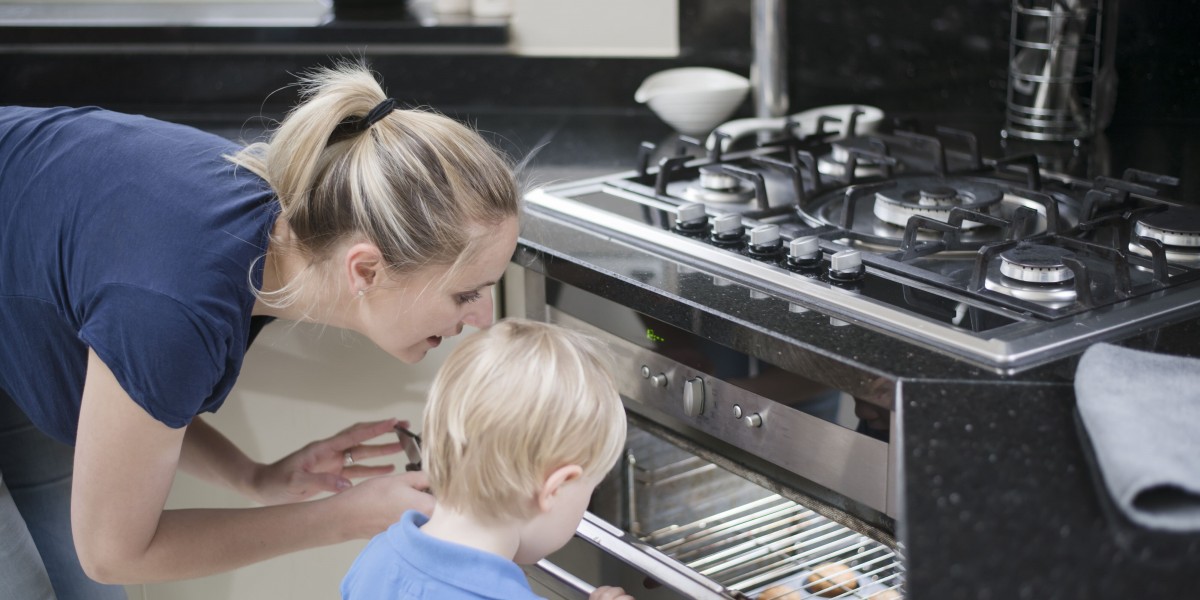Understanding Built-in Ovens and Hobs: The Perfect Kitchen Combination
As modern cooking areas develop, built-in appliances are ending up being significantly popular for both performance and looks. Amongst these appliances, built-in built oven inbuilt ovens and hobs stand out as essential components for any culinary enthusiast or home cook. This short article explores the advantages, features, and factors to consider surrounding built-in ovens and hobs. It also addresses common concerns, offering a detailed guide to these kitchen essentials.
What are Built-in Ovens and Hobs?
Built-in ovens are integrated into kitchen cabinetry, developing a sleek, seamless look. They can be found in numerous types, consisting of conventional, convection, and steam ovens, each catering to different cooking approaches. Hobs, on the other hand, are the cooking surface areas that integrate with the kitchen counter top. They can be gas, electric, or induction, permitting cooks to select based on their cooking style and energy preference.
Benefits of Built-in Ovens and Hobs
- Space-Saving: Built-in models make the most of kitchen space by removing the need for freestanding units, creating an open and airy environment.
- Visual Appeal: Their smooth style adds to a modern-day, streamlined look in the kitchen.
- Improved Functionality: Built-in ovens typically include innovative cooking innovation, using a series of functions like self-cleaning and clever controls.
- Personalization: Manufacturers provide a variety of finishes and styles, permitting property owners to tailor their appliances to match their kitchen design.
Types of Built-in Ovens
1. Conventional Ovens
Standard ovens utilize glowing heat from the bottom and can be ideal for baking.
2. Convection Ovens
Convection ovens have a fan that circulates hot air, making sure even cooking. They decrease cooking time and are best for roasting meats or veggies.
3. Steam Ovens
Steam ovens utilize wet heat to prepare food, maintaining nutrients and flavors. They are becoming increasingly popular amongst health-conscious cooks.
4. Microwave Ovens
These ovens provide quick heating and cooking and serve numerous functions, from reheating leftovers to baking.
Types of Hobs
1. Gas Hobs
Gas hobs utilize gas or gas for cooking. They offer instantaneous heat control, making them a favorite amongst professional chefs.
2. Electric Hobs
Electric hobs have solid or ceramic surfaces that warm up through electric coils. They are easy to clean however might take longer to heat than gas models.
3. Induction Hobs
Induction hobs use electromagnetic energy to straight heat pots and pans, using rapid heating and energy efficiency. They cool down quickly and provide a much safer cooking experience.
Factors to Consider When Choosing Built-in Ovens and Hobs
When choosing built-in ovens and hobs, a number of factors must be considered:
1. Area Limitations
Measure the readily available space in your kitchen to ensure that the appliances will fit seamlessly into the cabinetry.
2. Cooking Style
Consider your cooking routines. If you frequently bake, a stove might be perfect. Meanwhile, induction hobs are excellent for security and efficiency.
3. Spending plan
Prices varies considerably based upon functions and brand names. Setting a spending plan assists narrow down the alternatives.
4. Energy Source
Determine whether you want gas or electric appliances. This decision can affect cooking efficiency and energy costs.
5. Looks
Select surfaces and styles that complement your kitchen's style. Russell Hobbs 60cm Stainless Steel Electric Oven-steel is a popular choice for a modern appeal.
Contrast of Built-in Ovens and Hobs
| Feature | Built-in Oven | Built-in Hob |
|---|---|---|
| Type | Convection, steam, etc. | Gas, electric, induction |
| Cooking Versatility | High | Moderate to high |
| Cleaning Ease | Varies by design | Generally simple to tidy |
| Installation Style | Integrated in kitchen cabinetry | Flush with countertop |
| Energy Efficiency | Varies by design | Induction generally most efficient |
FAQs About Built-in Ovens and Hobs
1. Are built-in ovens more costly than freestanding designs?
Yes, built-in ovens generally come with a greater cost due to their design and setup requirements. However, they often provide more innovative 5 Functions.
2. Can I change my existing freestanding oven with a built-in model?
Yes, it's possible to change a freestanding oven with a built-in model, but you may require to make changes to your cabinets and kitchen layout.
3. What maintenance do built-in ovens and hobs require?
Routine cleaning is vital. Numerous built-in ovens included self-cleaning features. It's also essential to keep the hobs devoid of spills and grease.
4. Are induction hobs safe for families?
Induction hobs are considered much safer than gas or electric alternatives since they just heat the pots and pans, lowering the danger of burns or mishaps.
5. How can I take full advantage of the effectiveness of my built-in oven and hob?
To make the most of performance, constantly pre-heat the oven when needed, use the right size pots or pans on the hob, and consider utilizing the residual heat from your hob after cooking.
Built-in ovens and hobs supply various advantages, making them popular options for contemporary kitchens. Their space-saving designs, advanced features, and aesthetic appeal contribute to their high need. By thinking about aspects like area, cooking style, and budget, homeowners can choose the perfect combination of appliances that best match their cooking requirements. Whether through gas, electric, or induction hobs, and a variety of oven types, the ideal built-in kitchen appliances can enhance the cooking experience while raising the overall aesthetic of the kitchen.








